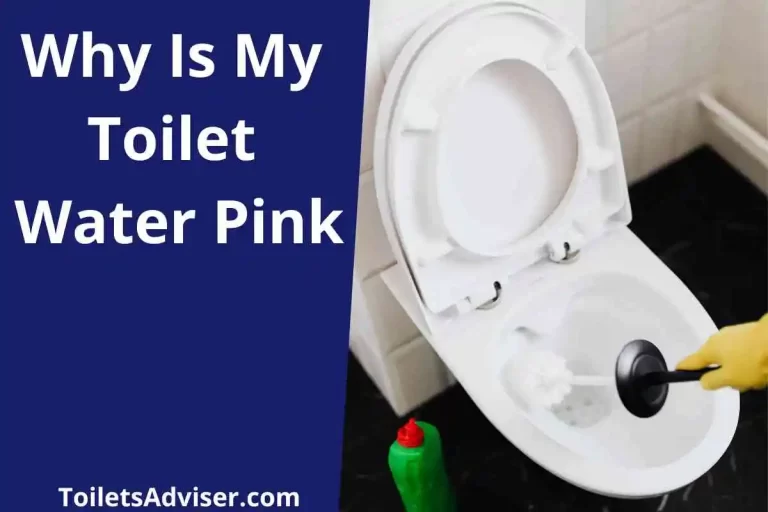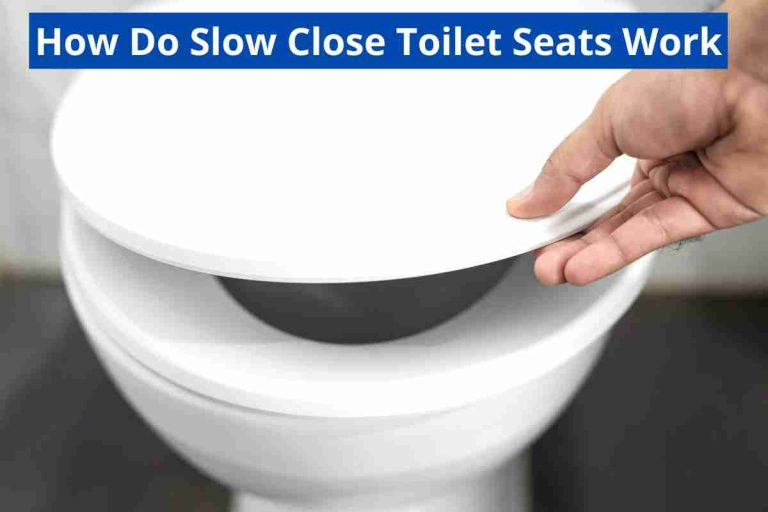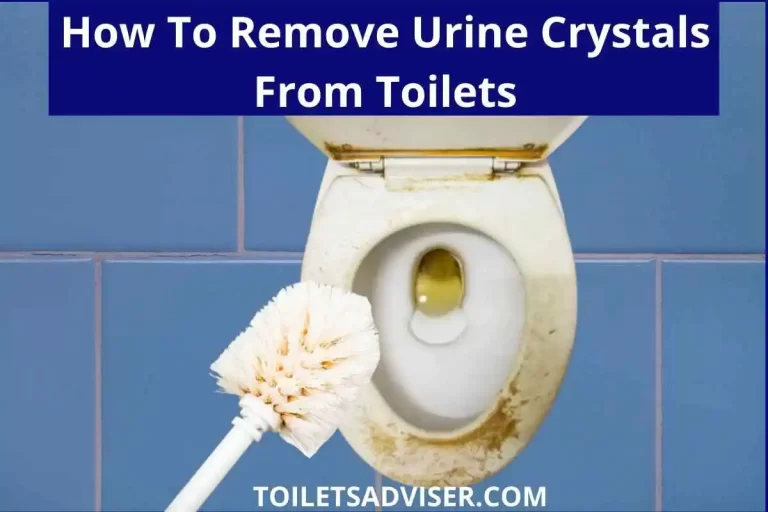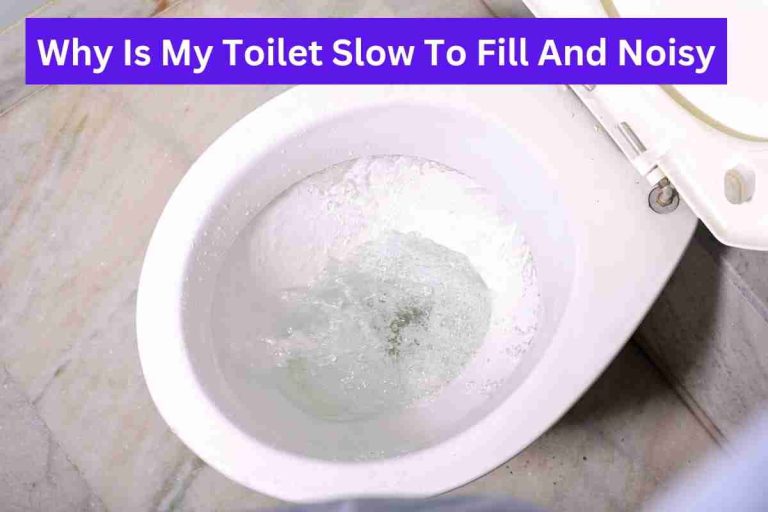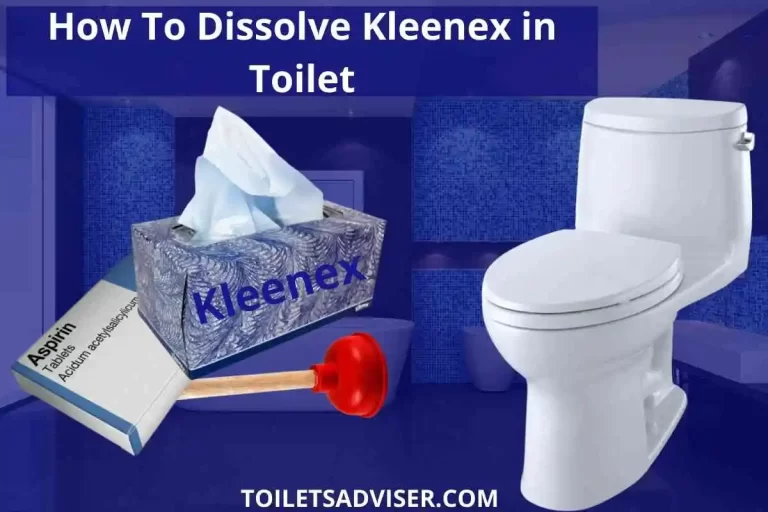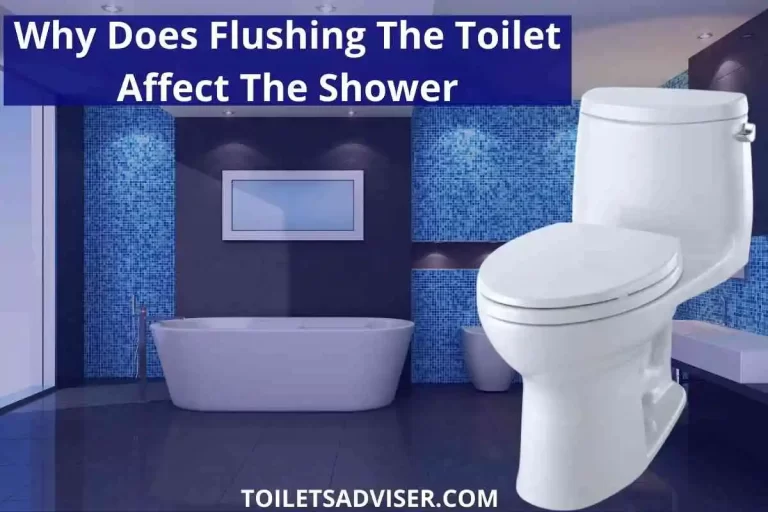How To Convert Low Flow Toilet To High Flow(Power Flush)2024
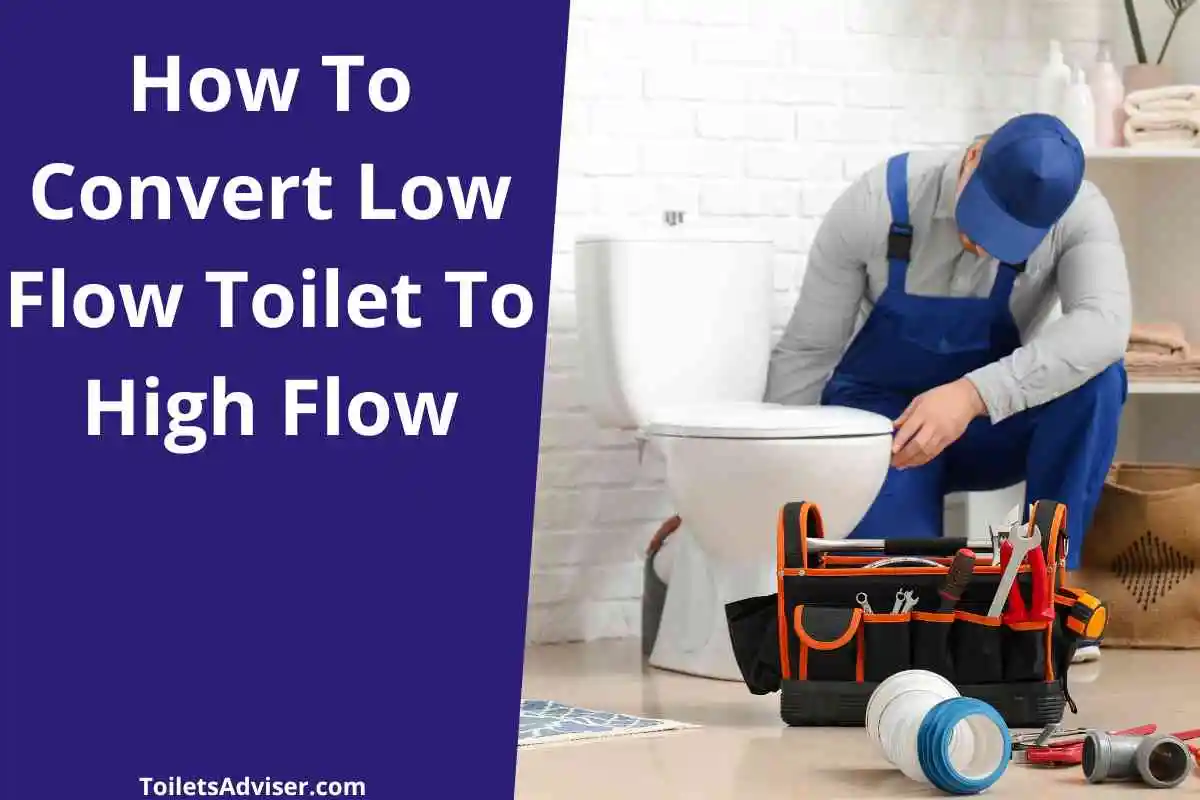
If you own a low-flow toilet, you might want to upgrade it to a high-flow toilet for several reasons. Firstly, high-flow toilets generally flush more effectively which can reduce the need for multiple flushes and help to clear waste more effectively. As a high-flow toilet can handle a larger volume of waste, it can be especially useful for households with multiple people or large families. Let’s discuss in details;
Table of Contents
How To Convert Low Flow Toilet To High Flow
Toilets that do not flush effectively on the first attempt can be frustrating. Due to their water-saving capabilities, low-flow toilet models have become increasingly popular. In reality, most consumers do not find these low-flow toilets to be effective in terms of flush power. This guide explains how to convert a low-flow toilet into a high-flow toilet if you have already installed a low-flow toilet in your home.
How To Increase Toilet Flush Power
Water consumption is limited with low-flow toilets. Low-flow toilets cannot be converted to high-flow toilets technically. In other words, if you want to increase the flow limit of your toilet, you’ll need to rebuild the entire toilet. But you can make the switch from a low-flow to a high-flow toilet using some DIY methods. You can take the following steps.
Use Baking Soda and Vinegar
Let’s start with the natural ingredient to solve the problem. Baking soda and vinegar can also be used instead of chemicals such as bleach if you don’t like the idea of exposing your pipes to chemicals. When baking soda and vinegar react in high school, they produce a fizzy mixture that dissolves a variety of substances such as those in toilets. The acidity of vinegar will dissolve stains if it is combined with calcium or lime, which are basic substances.
- A small funnel should be used to place some vinegar into the drain tubes.
- Wait a few hours before touching it.
- To make it nice and soft, slowly add more vinegar and baking soda.
- When vinegar reacts with baking soda, you will hear a hissing sound.
- You will have an explosion of frothy water in your face if you add too much baking soda to your toilet tank at once.
- Let the water sit for approximately two to three hours if you have added enough baking soda. It is recommended to leave it overnight to achieve a deeper cleanse.
- To clear up the mixture down the toilet drain, turn on the water supply and flush your toilet three or four times. In the event that your toilet is still malfunctioning after trying the steps above, you might want to repeat them.
Use Bleach
The problem can be resolved by using chemicals if you can’t remove the clogs by scraping. By dissolving scum and calcium in toilet bowls, bleach effectively removes clogs. Bleach should be soaked for several hours before flushing it down the toilet if you decide to use it. Toilets can be cleaned using concentrated bleach but the plumbing can be damaged as a result. Bleach and water are mixed together to form a chemical solution.
- You should first turn off your toilet’s water supply.
- The water shutoff faucet can be turned counterclockwise to accomplish this.
- In the bowl of the toilet, combine bleach and water and pour a gallon into the mixture after turning off the water.
- When the toilet is full, flush it after about 20-30 minutes.
- With a simple scraping tool, it is impossible to reach the clogs that prevent your toilet from flushing.
- With bleach, you will be able to reach these clogs and clear them out.
- Once the toilet is flushed a few times, turn on the water supply and flush the toilet again. In the long run, bleach will cause corrosion in your pipes if left in them too long.
Check Your Toilet Tank Water Line
A low water line may prevent a plumber’s snake from working. Your toilets may not be able to flush fully if you don’t have enough water. Water levels must be within the recommended range.
- Your toilet’s float will need to be adjusted if the water level is too low.
- Your toilet tank is pumped to the appropriate level using float valves.
- To fill your toilet tank with more water, adjust the float valve.
- Your float should be set up so that the water line lies comfortably between the minimum and maximum lines on your toilet.
Replace the Flush Valve
Located near the bottom of your toilet tank, the flush valve activates when the lid is closed. You flush the toilet by opening and closing the flush valve. Water only flushes down the toilet bowl or flush valve may leak if you are experiencing low-flow problems when flushing your toilet. Water leaks into the toilet bowl when flush valves are degrading or deteriorating even if the toilet hasn’t been flushed. If you flush your toilet with low water pressure, you will experience low water pressure.
What do you do if you find a leakage in your toilet?
Adding a few drops of food coloring to your toilet tank’s water is the easiest method. You may have a leaky flush valve if you see water changing in the bowl. It is likely that you will need to replace your flush valve if your flush valve is the problem.
- Using the water meter handle, turn counterclockwise to shut off the main water supply. The water in your toilet tank or bowl needs to be flushed out.
- The excess water left inside the bowl should be removed with a clean sponge or towel.
- New flush valves are easily available online if yours are broken. It’s easy to restore its original position if it’s not broken.
- The problem can be resolved very quickly by replacing a broken flush valve. Flush valves are cheap and it’s easy to replace. In addition, the project does not require the services of a plumber.
Clean the Toilet Rim Jets
The bottom of the rim of your toilet is lined with tiny holes called rim jets. By passing through the rim of the toilet, these jets allow water to enter the bowl from the tank. You may have gunk, scum or other debris clogging up your toilet rim jets. Consequently, there will be less water flowing through the jets causing your toilet not to run as efficiently as it should. Follow the given necessary steps:-
- Using a thin wire, scrape the toilet’s rim jets clean when it is time to clean them.
- A coat hanger or thin wire you can bend will work best. It is much easier to clean the jets this way since you can reach up into them easily. Handheld mirror is also useful for scraping
- Gunk should accumulate on the tips of the wires if the rim jets are clogged. With toilet bowl detergent and a soft scrubbing pad, scrubbing all the jets after cleaning. If the wire was unable to reach any deposits, this will remove them.
Check For Toilet Clogs
You should start by confirming that there are clogs. The valve or pipe in your toilet may be clogged if it takes a long time for it to empty. Occasionally, flushing your drain with a gallon of water can remove a clog. Clogs can be forced out of pipes by forcing more water down them. You may have a more stubborn clog if flushing does not resolve the obstruction. When dealing with stubborn clogs, a snake is the best tool to use. Clogs and other build-ups can be removed with this tool without damaging the pipe.
The most important thing is to use your plumbing snake to reach the drain inside the bowl of your toilet. For getting rid of a clog, turn it back and forth and push on it. When the blockage loosens, the snake will punch through, letting you know when it has been released.
Think About Purchasing A New Toilet
Even after following the above tips, you may have to purchase a new toilet if you still aren’t able to get a solution. Although it might seem like a good idea, buying a new toilet and installing it can be quite expensive. Consider purchasing a tankless, pressure-assisted flush toilet if you are planning to purchase a new toilet. This can significantly reduce your water consumption. As a result, you’ll be able to flush more efficiently due to the higher flow rate.
Difference Between Low-Flow And High-Flow Toilet
- 6 GPF is the maximum flow rate for low-flow toilets. While high-flow toilets are more effective, they consume up to 3.2 GPF to 5 GPF.
- A gallons per flush (GPF) ratio and water consumption are obvious reasons. Low-flow or high-flow toilets differ primarily in their flushing capacity. It is confirmed that high-flow toilets consume a lot of water.
- High-flow toilets have a wider flush valve than low-pressure toilets. Since the valve is larger, water can flow through it much faster and allow the waste to be washed away more efficiently.
- The stronger flushing pressure that modern tankless toilets use less water
- A low flow toilet also has an outlet close to the floor of the bowl. Water is typically removed from a bowl by gravity – when you flush, the weight of the water pulls most of it out.
People Also Ask
What is the water usage of low-flow toilets?
The Low Flow toilets approximately use 1.2 to 1.6 gallon water in each flush.
Is it possible to save water by putting a brick in the toilet?
You can save a little water by putting a brick in your toilet but not enough to justify the effort. Using the bricks will limit the amount of water flushed in a toilet because it takes up enough space. As a result, it is not worth it to use a brick because it can damage the toilet and completely disrupt its functioning.
Do you have any tips on how to flush out less water?
In the tank behind your toilet, place a plastic water bottle to prevent water from being flushed. Place the plastic bottle inside the tank after it has been filled with water and pebbles. The bottle reduces the amount of water needed to fill your tank, so it costs less per flush.
Conclusion
The toilet can be plunged or snaked to increase flush strength. Make sure the toilet is clean every time you use it so that it flushes well. Fortunately, enzymes such as Drano and Green Gobbler improve flushing when used sparingly. Additionally, bleach and water can be mixed together to dissolve obstructions and increase flush power. To improve the performance of your toilet, try each of these methods. Never forget to share this information with your friends if you found it valuable.
{ "@context": "https://schema.org", "@type": "BlogPosting", "mainEntityOfPage": { "@type": "WebPage", "@id": "https://toiletsadviser.com/how-to-convert-low-flow-toilet-to-high-flow/" }, "headline": "How To Convert Low Flow Toilet To High Flow(Power Flush)2024", "description": "If you own a low-flow toilet, you might want to upgrade it to a high-flow toilet for several reasons. Firstly, high-flow toilets generally flush more effectively which can reduce the need for multiple flushes and help to clear waste more effectively. As a high-flow toilet can handle a larger volume of waste, it can be especially useful for households with multiple people or large families.", "image": "https://toiletsadviser.com/wp-content/uploads/2023/01/How-To-Convert-Low-Flow-Toilet-To-High-Flow.webp", "author": { "@type": "Person", "name": "Alex Miller", "url": "https://toiletsadviser.com/" }, "publisher": { "@type": "Organization", "name": "Alex Miller", "logo": { "@type": "ImageObject", "url": "https://toiletsadviser.com/wp-content/uploads/2022/03/cropped-android-chrome-512x512-4.png" } }, "datePublished": "2023-01-10", "dateModified": "2023-04-27" } { "@context": "https://schema.org/", "@type": "BreadcrumbList", "itemListElement": [{ "@type": "ListItem", "position": 1, "name": "Home", "item": "https://toiletsadviser.com/" },{ "@type": "ListItem", "position": 2, "name": "Blog", "item": "https://toiletsadviser.com/blog/" },{ "@type": "ListItem", "position": 3, "name": "How To Convert Low Flow Toilet To High Flow", "item": "https://toiletsadviser.com/how-to-convert-low-flow-toilet-to-high-flow/" }] } { "@context": "https://schema.org", "@type": "FAQPage", "mainEntity": [{ "@type": "Question", "name": "What is the water usage of low-flow toilets?", "acceptedAnswer": { "@type": "Answer", "text": "The Low Flow toilets approximately use 1.2 to 1.6 gallon water in each flush." } },{ "@type": "Question", "name": "Is it possible to save water by putting a brick in the toilet?", "acceptedAnswer": { "@type": "Answer", "text": "You can save a little water by putting a brick in your toilet but not enough to justify the effort. Using the bricks will limit the amount of water flushed in a toilet because it takes up enough space. As a result, it is not worth it to use a brick because it can damage the toilet and completely disrupt its functioning." } },{ "@type": "Question", "name": "Do you have any tips on how to flush out less water?", "acceptedAnswer": { "@type": "Answer", "text": "In the tank behind your toilet, place a plastic water bottle to prevent water from being flushed. Place the plastic bottle inside the tank after it has been filled with water and pebbles. The bottle reduces the amount of water needed to fill your tank, so it costs less per flush." } }] }
Russel Clark is a plumbing specialist who stumbled into the world of pipes and fixtures with a relentless passion for the trade. My journey into plumbing was unexpected, sparked by a deep-seated curiosity and a desire to make a real difference in people’s lives.
I started as a plumbing helper, where I found myself learning the ropes from experienced plumbers who generously shared their knowledge. Here, I discovered my true calling and fell head over heels for the art and science of plumbing.
I vividly recall my early days, armed with a toolbox and eager to soak up every plumbing wisdom I could find. I embraced the challenges that came my way, from learning to decipher the intricate maze of pipes beneath our feet to mastering the inner workings of toilets, sinks, and showers.
Plumbing, I soon realized, is not just about pipes and wrenches; it’s about ensuring the comfort, safety, and well-being of every home and business. It’s about being the unsung hero who swoops in to save the day when leaks and clogs threaten to disrupt daily life.
Throughout my journey, I’ve encountered a myriad of plumbing puzzles – from burst pipes in the dead of winter to toilets that seemed to have a mind of their own. With each challenge, I’ve honed my skills, learning to think on my feet and find creative solutions to even the trickiest of problems.
Now, with years of hands-on experience, I’m thrilled to share my expertise and passion with you through the blog toiletsadviser.com/. Whether you’re a fellow plumbing enthusiast or someone in dire need of plumbing guidance, I’m here to lend a helping hand.
